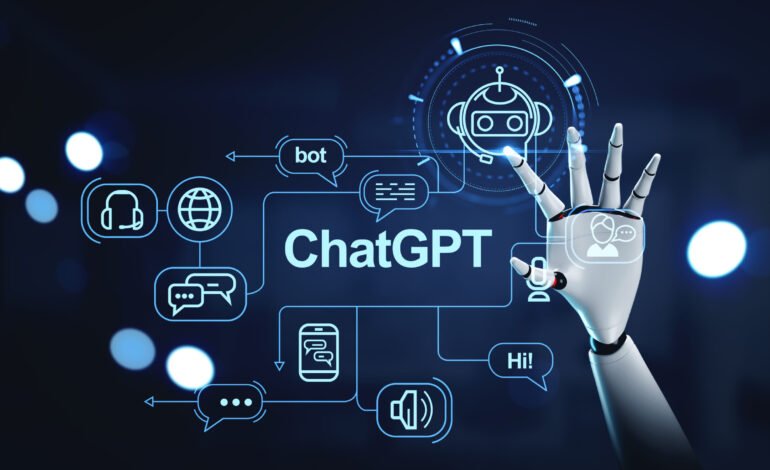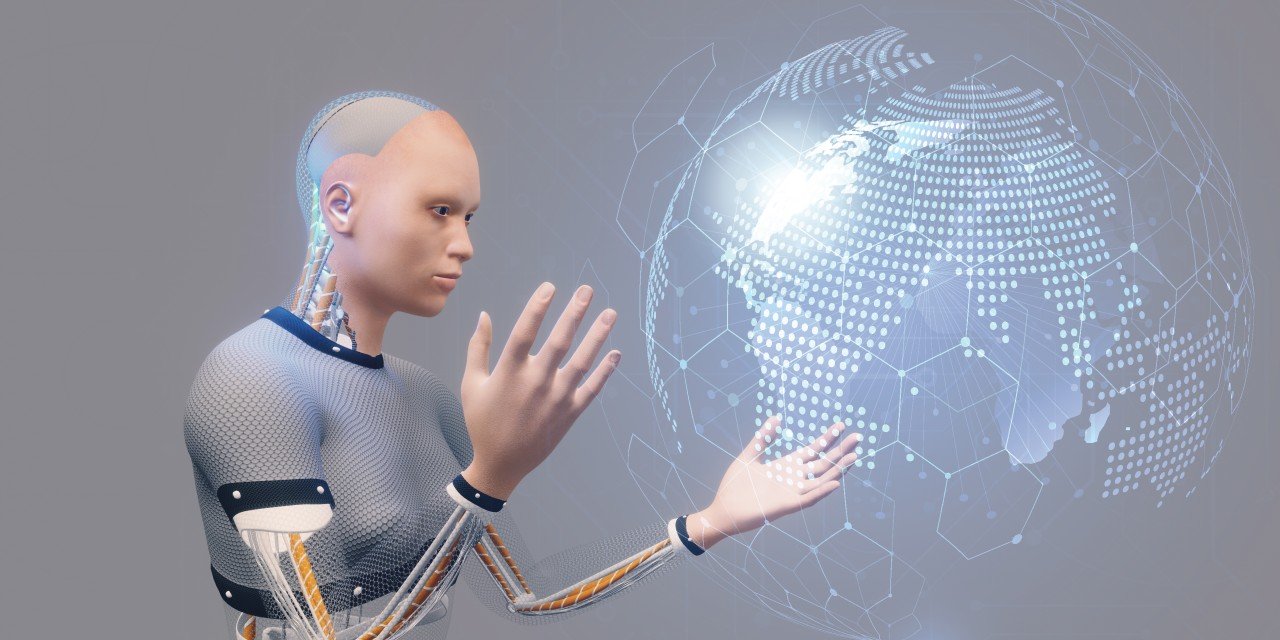How do people use ChatGPT? This is what a study says

OpenAI points out how ChatGPT has become a tool that generates economic value, both personally and professionally, although its use continues to predominate in everyday tasks. Many users turn to the chatbot for practical guidance, search for information, or ask for assistance in writing.
Since its launch three years ago, ChatGPT has steadily increased its adoption. What was once the territory of a small group of early adopters has been expanding, even reducing the gender gap that was observed in its beginnings. Its use has also evolved towards the generation of tangible value, helping users to be more productive in different areas.
These findings follow a recent study published by OpenAI, considered the most extensive to date on how people interact with ChatGPT. The research, conducted by the National Bureau of Economic Research (NBER), OpenAI’s economic research team, and Harvard economist David Deming, analyzes 1.5 million conversations recorded between November 2022 and July 2025.
Among the main findings, the study reveals that ChatGPT is now used almost equally by men and women. In January 2024, only 37% of users had typically female names, while in July 2025, that figure exceeded 50%. Meanwhile, younger users lead the use of the tool, representing 46% of the messages analyzed, which shows that the technology continues to be especially attractive to the new generations.
Another highlight is the increasing accessibility of ChatGPT in low- and middle-income countries. According to OpenAI, by May 2025, the adoption rate in these regions was more than four times higher than in higher-income countries.
What is ChatGPT used for?
The study also focused on identifying the main uses that users give to ChatGPT, always respecting the privacy of conversations through automated processes. The results show that the tool is mostly used for everyday personal tasks, even surpassing work use. According to the analysis, messages related to non-work activities went from 53% to 70% of the total, while those of a professional nature remain at around 30%.
Within the conversations analyzed, almost three-quarters focus on practical guidance, information search, and writing, which together represent about 80% of total use. Among these, writing stands out as the most common work activity, accounting for 40% of interactions of this type. On the contrary, activities such as programming or “self-expression” remain at low levels, considered more niche.
The study identified usage patterns related to three categories: Ask, Do, and Express. The Ask category accounts for about half of the messages, showing that users value ChatGPT primarily as an advisor for information or recommendations, rather than as a simple task executor. The Do category, present in 40% of the messages, includes tasks oriented towards practical work, such as writing, planning, or scheduling. Finally, the Express category encompasses 11% of use and involves more personal interactions, including reflections, creative exploration, and play.
ChatGPT as a Value Generator in Daily Life
Another part of the analysis clarifies how ChatGPT has transcended its everyday use to become a tool that adds value both in personal life and in the workplace.
OpenAI has pointed to the chatbot’s “dual function,” simultaneously acting as a productivity assistant and value generator for users. “In some cases, it generates value that traditional measures, such as GDP, fail to capture,” the technology company said.
Part of this value is reflected in ChatGPT’s ability to support decision-making. The company explains that the tool contributes to improving users’ judgment and productivity, especially in tasks that require a high level of knowledge.
In addition, the increase in its adoption is related both to the evolution of Artificial Intelligence models and to the exploration of new use cases.










